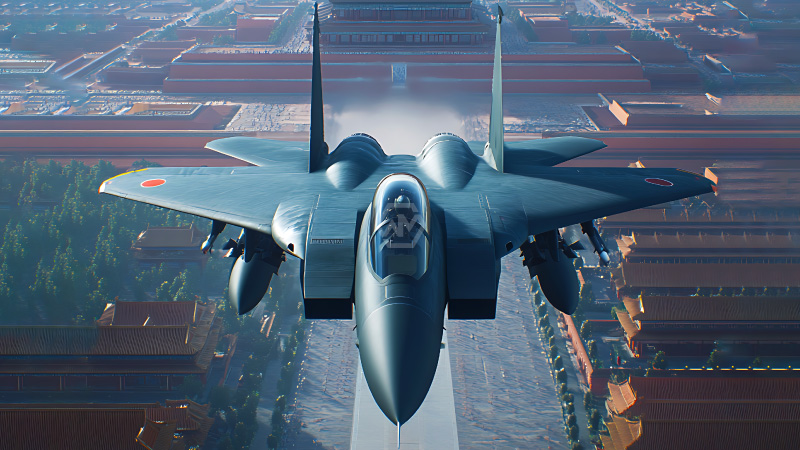- China unveils the Chengdu J-36, a sixth-generation stealth fighter, alongside the Shenyang J-XX/J-50.
- Revolutionary features include tailless designs, drone-commanding capabilities, and directed energy weapons (DEWs).
- The reveal showcases China’s rapid advancements, surpassing global expectations in next-gen military technology.
China stunned the global defense community by unveiling two sixth-generation stealth fighter prototypes: the Chengdu J-36 and the Shenyang J-XX/J-50. The J-36’s tailless diamond-wing design, powered by three turbofan engines, emphasizes unmatched stealth and versatility.
Experts believe the J-36 integrates advanced technologies like artificial intelligence, omnidirectional sensors, and directed energy weapons (DEWs). Unlike previous iterations of stealth fighters, the J-36 is designed to dominate long-range combat, electronic warfare, and manned-unmanned teaming (MUM-T).
Revolution in the Skies: China’s J-36 Fighter Takes the Lead
The unveiling of China’s sixth-generation fighters has caught the world by surprise. The Chengdu J-36, with its larger frame and tailless diamond-wing design, is designed to excel in stealth and command roles. Its triple turbofan engines not only support heavy payloads but also power sophisticated electronic systems and directed energy weapons (DEWs), setting a new benchmark in aerial combat technology.
Shenyang’s J-XX/J-50, a smaller yet equally innovative platform, complements the J-36. Its lambda-wing design emphasizes agility and adaptability, showcasing China’s dual-track approach to next-gen fighter development. Together, these aircraft redefine modern air dominance by focusing on integration with unmanned systems and AI-driven combat scenarios.
China’s strategic release of these prototypes underscores a significant shift in military balance. By achieving operational sixth-generation aircraft years ahead of predictions, China has positioned itself as a leader in next-gen aviation technology. This achievement demonstrates a blend of rapid iteration and long-term innovation, challenging conventional assumptions about global defense hierarchies.
The J-36 and J-XX/J-50 reflect China’s ambition to leapfrog traditional power structures. By integrating revolutionary concepts such as manned-unmanned teaming (MUM-T) and DEWs, China signals its readiness to influence the future battlefield. The world’s major powers now face an urgent need to adapt and respond to this paradigm shift.
China’s sixth-generation fighters represent a turning point in global military aviation. Their advanced designs and capabilities challenge the status quo, urging nations to rethink air combat strategies.
“We’re witnessing the dawn of a new era in air dominance, where innovation dictates power.”



